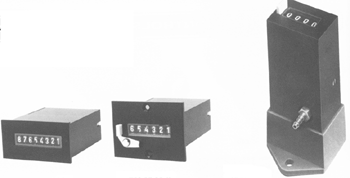Understanding Valve Operations
The more you look into it, the more you will find that there is a difference between pneumatic valve operations. Below, we want to take the time to go over some of the key distinctions between the most commonly used valves. Taking the time to learn about your options will ensure that you make a smart choice when shopping.
Popular pneumatic valves include:
Two-way valves: these valves are basic, and so they are primarily used to turn the air on and off. Typically, you will find them being used as shop air, supply pressure to systems, branch airlines, and air for power tools. Two-way valves are often used as vent valves. These are great pneumatic controls.
Poppet valve (two-way, two-port): two-way valves block the inlet flow when systems are in the un-actuated position. The inlet flow is known to be in passing when actuated.
Three-way valves are like two-way valves. The main distinction is the additional third port that is used for exhausting downstream air. Although there are different options, a three-way valve is normally available in a normally closed or normally open configuration. These pneumatic controls are responsible for single action and spring return cylinders. The valves are also used to pilot other air operated pneumatic valves.
Pneumatic Valves
Four-way valves use the functions of a three-way valve and double it. These valves are normally open and normally closed. The valves have two outlet ports that will alternate between being exhausted and pressurize. These valves are commonly used to operate double acting air cylinders. It is important to note that two single-acting cylinders can be operated with a single, four-way valve.
For more information on valve types, you should give our team a call.
Pneumatic Controls
- Pneumatic Counters Explained
Regardless of the job you are doing, it is important to properly take care of your pneumatic counters. You should always use clean, dry oil and compressed air when cleaning your counter or pneumatic timer.
- Tips for Effectively Using Pneumatic Controls
- Why do so Many Use Pneumatic Control Systems?


- Ellis/Kuhnke Controls
132 Lewis Street Unit A-2, Eatontown, N.J. 07724
Phone: 1-800-221-0714
Fax: 732-291-8154
Email: Info@ekci.com
- Home Pneumatic Controls Technical Info CAD Drawings Contact Us Pneumatic Timers Blog Site Map
